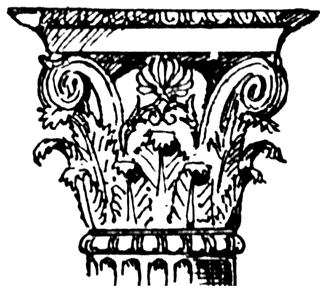Knitting Samples
September 15th, 2013
While attempting to clean up my studio (and organize my life enough to begin tending this blog again), I ran across a set of knitting samples I made earlier this year. They are fun but useless, so I decided to throw them away. But had to take pictures first.
The patterns are all modern of course, though most knitting patterns today are based on historical precedents. Except maybe giraffe print jacquard.
Go Blow Your Nose
July 15th, 2013
It all started with a Father’s Day present . . . a half-dozen monogrammed handkerchiefs, using embroidery directions and an alphabet from The Complete Encyclopedia of Needlework, by T. de Dillmont, 1884. It took a few tries to really get the hang of it, but then I was hooked.

So I began combing my address book for other gents known or suspected to use old-fashioned cotton hankies. And coincidentally (if you believe in coincidence) I just happened to be rereading Ulysses, from whence this gem at the beginning of “Telemachus:”
Buck Mulligan frowned at the lather on his razorblade. He hopped down from his perch and began to search his trouser pockets hastily.
–Scutter! he cried thickly.
He came over to the gunrest and, thrusting a hand into Stephen’s upper pocket, said:
–Lend us a loan of your noserag to wipe my razor.
Stephen suffered him to pull out and hold up on show by its corner a dirty crumpled handkerchief. Buck Mulligan wiped the razorblade neatly. Then, gazing over the handkerchief, he said:
–The bard’s noserag! A new art colour for our Irish poets: snotgreen. You can almost taste it, can’t you?
He mounted to the parapet again and gazed out over Dublin bay, his fair oakpale hair stirring slightly.
–God! he said quietly. Isn’t the sea what Algy calls it: a great sweet mother? The snotgreen sea.
What’s more appealing than a neatly monogrammed, snotgreen noserag?
More Old Lace
April 18th, 2013
I mentioned a few days ago that I’d been knitting lace patterns from the 1880’s onto the bottom of a modern pencil skirt design. Here’s another.

This pattern is also from Weldon’s Practical Knitter — it’s the border for a “Corinthian Shawl” knitted in reverse. I really like the three-dimensional scale effect of the pattern’s alternating repeats. It’s hard to see in the picture, thanks to poor lighting and dark yarn.
Actually, that overlapping scale pattern is probably the reason it’s called Corinthian. Here’s an illustration of a Greek column, Corinthian order. It’s originally from The Universal Self Instructor, 1883. I’m borrowing it from Clip Art Etc.

The Corinthian also happens to be Georgette Heyer’s first Regency romance novel. In that genre of early 20th-century literature, Corinthian referred to a most eligible bachelor, with a stolid demeanor, an admirable physique, sympathetic eyes, a healthy sum of inherited money invested in The Funds, and calves that looked just as well out of their Hessians. I’m not sure how much the term was actually used in England during the Regency…
Tower of Yarn
April 16th, 2013
My radio DJ husband reorganized his massive collection of CDs, and discovered that he no longer needed this dandy metal rack. So I snagged it for my yarn. Or more accurately, a modest portion of my current yarn stash. The rest is still boxed up in the closet. I made it a point to put all the really enticing skeins out in the open, so they will remind me to knit with what I’ve got instead of buying more.

I had no idea I had so much Knit Picks stock already laying around. They keep having these great sales, and I just can’t help myself. I also unearthed a surprisingly vast quantity of lace weight yarn. I feel some collars coming on…
. . . and Old Lace
April 11th, 2013
I’ve been working on another knitted item for my eventual clothing collection — this time it’s a skirt. The overall shape is quite modern, but the bottom boasts a knitted-on lace border adapted from a shawl pattern in Weldon’s Practical Knitter, circa 1885.

Most lace edgings are knitted lengthwise, then sewn onto the piece. It’s rare to find one knitted into the edge, and even more rare to find one knitted down, rather than up. The original directions suggested knitting a square shawl, then using double-pointed needles to pick up stitches all around the shawl to knit the edging. Those must have been some serious double-pointed needles!
The skirt turned out so well, I’ve already found another shawl edging in a later series from Weldon for variations on the theme…
Older Posts »




